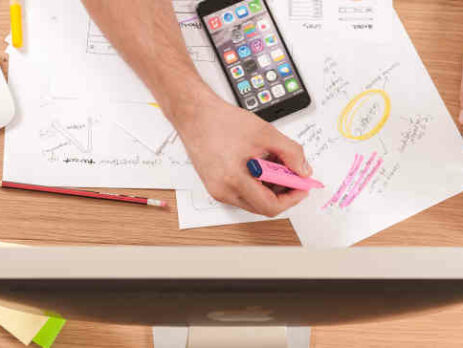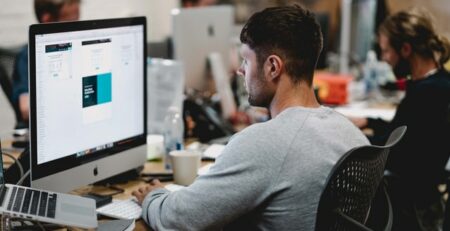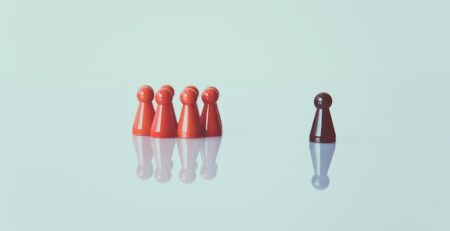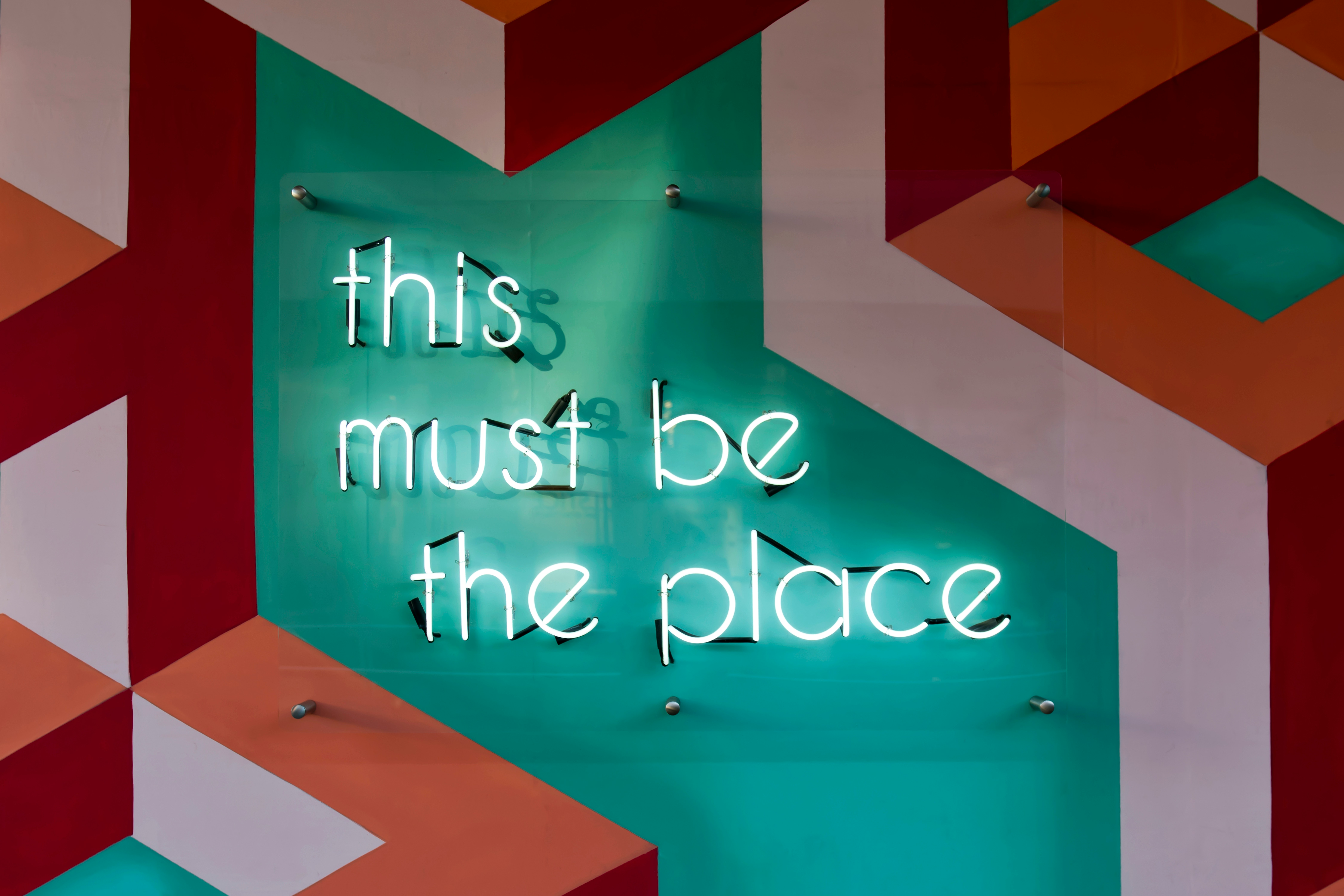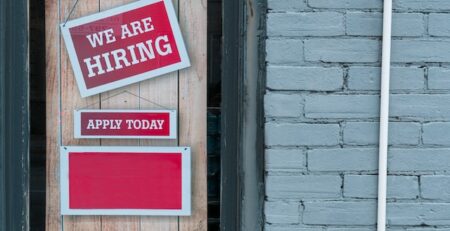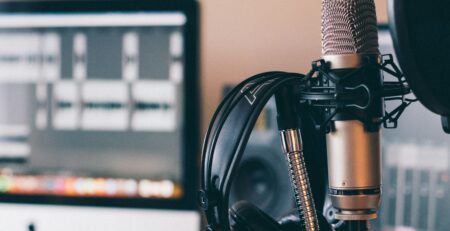What Does a UX/UI Designer Do?
Most people aren’t familiar with UX and UI design. Of those who do, many still have a foggy understanding of what a UX designer does and how that differs from what a UI designer does. Both jobs aim to create an easy-to-follow course whose trajectory guides users from piqued curiosity to some action, i.e. completing a purchase or subscribing to a service. However, a UX designer is focused on the way the website, product, or app works while the UI designer will be principally concerned with how it looks.
These two jobs are often blended. On smaller projects, the UX designer and the UI designer might be the same person. But that doesn’t mean that every person with knowledge of one will always have knowledge of the other.
Hiring a UX or UI designer can be tricky if you don’t understand how the two roles differ. Conducting a design test, case study, or interview might not be as effective if you give a UI designer tasks that a UX designer would normally do and vice versa.
Luckily, learning the difference isn’t that difficult. Applying that knowledge might take some creativity but it’s certainly doable. Depending on the business and the size of the project, your company might only need one UX designer and UI designer or someone who can do both capably.
For larger projects, it’s wiser to keep the positions separate so that each professional can concentrate on the various aspects. Two heads are better than one, as they say, and allowing for such specialization will ensure the final product is as well done as possible.
A UX designer is responsible for making a product make sense to consumers. A UI designer makes the product look appealing and communicates clearly and effectively. There are many tools each type of designer uses to accomplish their goals. Understanding these aims and the ways designers work will help when hiring a UX or UI designer and it will also help integrate these creative professionals with the rest of the team.
Defining the User Experience and Interface
Designing a product entails much more than just deciding how it will look and, if tangible, feel in the user’s hand. The entire use cycle of a given product begins at the first moment the potential customer becomes aware and the cycle doesn’t end until the product wears down and is no longer usable. A good designer will consider every interaction between the user and the product, which is known as User Experience (UX) design. Part of that entails User Interface (UI) design but there are many other aspects of a product as well.
Without a UX designer, a product will not have a cohesive and clear message to users. Naturally, the way a product looks affects how people use it and whether they use it at all. UX design also considers other particulars of product use and ownership to increase the product’s value for the user.
For a UX/UI designer to give a product enough value for users to want it, the company must have a clear idea of its messaging, mission, and branding. A UX designer can usually help with this, but there should be some direction from the company to make sure the designer understands the goal of the product and its appeal to users.
A UI designer can help illustrate the ideas of the brand manager and give the product a unique and intriguing look. Unless the designer is a key and longstanding member of the team, though, they should also get some direction from the company.

What Does a UX Designer Do?
Since they’re building the user experience from the ground up, one of the first things a UX designer will do is conduct research on members of the target market. This research should aim to characterize potential users, find pain points, and outline the industry, including competitors, gaps in the market, standards, and technical limits.
The research is typically iterative, meaning designs are tested against research and then tweaked until they’re at their most optimal stage. Thus, the research is a continuous process and not only the starting point of UX design.
UX designers’ research methodology generally includes a review of existing literature on the topic, interviews with users of similar products, and a/b testing, also known as split testing. A/b testing is one of the more unique methods of a UX designer and helps them center the user in the design process. In this mode of testing, users are offered two different versions of a product. For the most effective testing, there should be very specific and small differences between the two options.
If the designer is building an app, for example, the a/b test could offer users a design with different button styles or menu layouts. Measurements of the number of clicks, time spent on each page, and the ability to find the call to action can all be taken in an a/b test.
During the design of user experience, a UX designer will also work on the interface, or the look, of the product. If there is a separate UI designer on the team, then they will work in tandem to accomplish a cohesive design.
Deliverables of a UX Designer
Whether you want to become a UX designer or you manage or work with one, understanding the concrete results that are generally expected for a UX designer can help gauge progress and efficiency. Especially for those who aren’t in creative roles themselves, understanding what measurable results to expect for a UX designer helps foster good team communication and keep everyone happy.
Normally only some of these deliverables will exist depending on the nature of the particular project. However, you can generally expect to see some of the following:
- Interviews
The research a UX designer does typically includes interviews. These can be direct one-on-one or they might be more conversational. They may also be conducted more like an ethnographic study, where the subject is in their natural habitat. These kinds of studies help the designer understand what people do, not just what they say they do.
- Personas
Research should lead the designer to create personas, or profiles of typical users. These aren’t real people and they aren’t the ideal people for the product, but rather emblematic users representing the people who will actually use the product. Personas are one of the best communication tools for a UX designer to demonstrate patterns in their research findings.
- Information Architecture
Seems like a no-brainer, but after the interviews have been conducted the designer should be coming up with some potential product designs. The earliest stages are typically some kind of organization of information. This is especially true for websites, but every design has to organize information in some way. There are different ways to present this information, but the most common method is a tree shape, which is also used in a tree test.
- Wireframes
Wireframes are the barebones, low-res beginning of user experience design. While they aren’t very good for testing, they are a great way for the designer to lay out all the different elements of a design. Every single piece of the design should be considered in a wireframe and all the steps a user will take in an interaction with the product should also be included.
- Prototype
Similar to the wireframe but built out in much more detail, the prototype should show the product in motion as it would be in normal use. It doesn’t have to be completed, but it should be usable enough to measure the effectiveness of the design during tests with users.
- Tests
Once the product has reached its first iteration, the UX designer should begin troubleshooting. Additional research may be required, but it’s more likely that the designer will put the product through tests with users. One of the most effective tests is a usability test, during which users will be asked to use the prototype to accomplish a defined task. These can be moderated or unmoderated and may occur in pop-up locations if the product has a wide enough customer base.
Some of these will be done one time and that’s all. But if you struggle to understand the work of a UX designer, any one of these deliverables make for great measures of progress on a certain project.
What Does a UI Designer Do?
To help bring the ideas of a UX designer to life, a UI designer creates all the visual elements and the overall appearance of the product. If it’s a website, the UI designer will usually have a design for each webpage. The UI designer will work with the map – typically the IA or wireframe – that the UX designer has come up with and bring it to life with appealing images, colors, and fonts.
The more detailed functions of the product’s use are also under the purview of a UI designer. Certain functionalities in an app, for instance, come from the UI designer. “Invisible” design, that is, a design that’s so intuitive users might not even notice it, is the specialty of UI designers.
The UX designer might design the overall user experience, but it’s the UI designer who adds features like swiping, click-to-enlarge, and frequently many shopping cart functions. They do work alongside the UX designer but they have their own duties.
Working With a UI/UX Designer
Integrating a UX/UI designer onto a professional team will vary with the structure of a given workplace. If there is a branding manager or an art department head, they’re the most usual overseer for these types of designers. There are also project managers who might work more directly with designers.
Understanding the duties of a UX designer is important for gauging progress and efficiency, but communication is a two-way street. A central concern for UX designers is the perspective of the stakeholders. So as much as understanding the designer from the managers’ point of view is important, it’s also crucial to make sure the designer knows who has a stake in the project so that they know who to talk with about the direction of the project.
Stakeholders and the UX/UI Design Process
From the designer’s perspective, the stakeholders aren’t only the ones who allocate resources and green light design ideas. They’re also the ones with the most information on the product, the market, and the company’s goals. Leaving them out of the design process can leave design ideas DOA or unappealing to the target user.
In an ideal world, a UX designer will be brought on right at the beginning of a project and help grow it from infancy into implementation. Business is often too hectic for such a convenient alignment of talent, though. Stakeholders are the best way to onboard new UX designers.
Technological limitations and new directions are most likely to originate with stakeholders who have already seen iterations of a project or similar projects with the same company. If the gap between the stakeholders and the design team is too wide, it might help to use a creative staffing agency like icreatives to source UX and UI designers.

What to Look for When Hiring a UX or UI Designer
There are a few important qualifications that a good design candidate should have. Like any creative, they should be able to explain their ideas to everyone else on the team, including non-creatives and stakeholders outside their department. Here are a few qualities to look for:
- Communication Skills
Creatives need to communicate their ideas but they also need to be able to understand ideas and directives from stakeholders and other non-creatives. Look for conciseness because that will show the candidate knows how to communicate effectively.
- Technological Knowledge
A combined UX/UI designer will have a bit more broad knowledge than a designer who practices only one or the other, but then again a UX or UI designer will have more specialized knowledge. In any case, they should know the most cutting edge tools to accomplish directives from the stakeholder.
- A Vivid Imagination
Creativity plays a huge role, but there’s more to it than just coming up with new designs. There are frequently difficult situations within projects and limitations imposed by resource scarcity or market conditions. A great designer should be able to invent convenient solutions to circumvent these difficulties while still accomplishing project goals.
- Strong Work History
One of the best ways to understand a designer’s style is to look at the work they’ve done. This should be recent and relevant work rather than an entire rundown of their entire career up to the present moment. Using design tests and asking for a portfolio or case study is also a great way to see a candidate’s work history.
- Identification with the Brand
The best candidate will not only understand the goals and plans of a company but will also identify with its mission statement. Creatives are generally passionate about the work they do and they will always go up to bat for a company that is having a positive effect in an industry they love, respect, or enjoy.
Hiring a UX or UI Designer With a Creative Staffing Agency
Vetting creatives like UI/UX designers can be a tedious process, especially for companies whose main business lies outside creative fields. Plus, spending lots of time and money on ads for an open position tends to lead to a huge slush pile of applications that have to be combed through. Two or three rounds of interviews later with who knows how many candidates and your management team might be looking at the better part of six weeks during which they’ve spent a significant amount of their working energy on filling one position.
At icreatives, we have a long history of placing creative talent in roles that are best suited for them so that companies can have the benefit of top-tier talent without spending tons of time and money vetting candidates. When it comes to UX and UI designers, our specialized knowledge enables us to fill our talent pools with the best of the best.
Communication is key on design teams and we vet our UX and UI designers to find just that quality in addition to prowess with industry tools and creative imagination. We use design tests, case studies, and portfolio reviews to make sure we find the most talented creatives in the industry. Hiring a UX or UI designer can be a pain but it doesn’t have to be if you use icreatives to fill those roles in your company.
Conclusion:
Understanding the difference between a UX and a UI designer can be difficult because the work of a UI designer is usually done alongside a UX designer. However, UI is just one aspect of UX design and it requires much more to create an intriguing product and direct users to a call to action.
Design is a long process and for many non-creatives, understanding what the art department is doing and what effect it has on the rest of the business is challenging. Hiring a UX or UI designer is much easier with a creative staffing agency like icreatives and it will ensure the talent has the imagination to build an effective product and communicate to exchange ideas with other stakeholders.
For more help finding UX and UI designers for your business, contact icreatives today!

